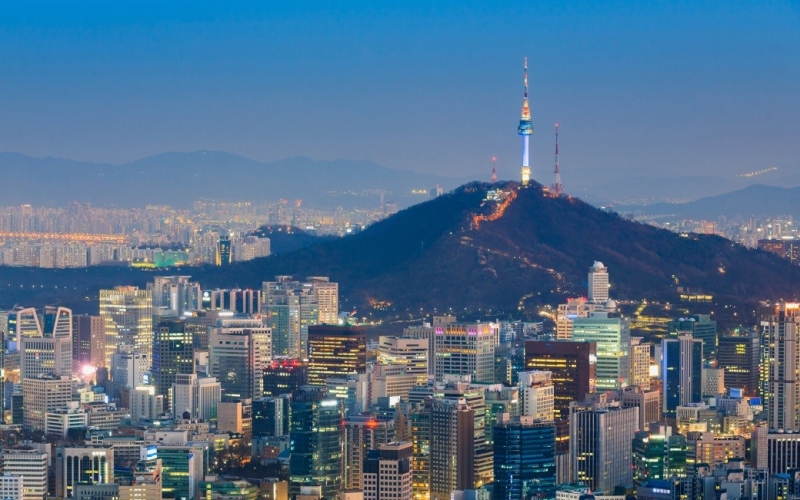Fig.
1 - New normal scene in Seoul since the use of masks where widely
extended. Seoul, Korea, 2020. © starstruck2049 / Shutterstock
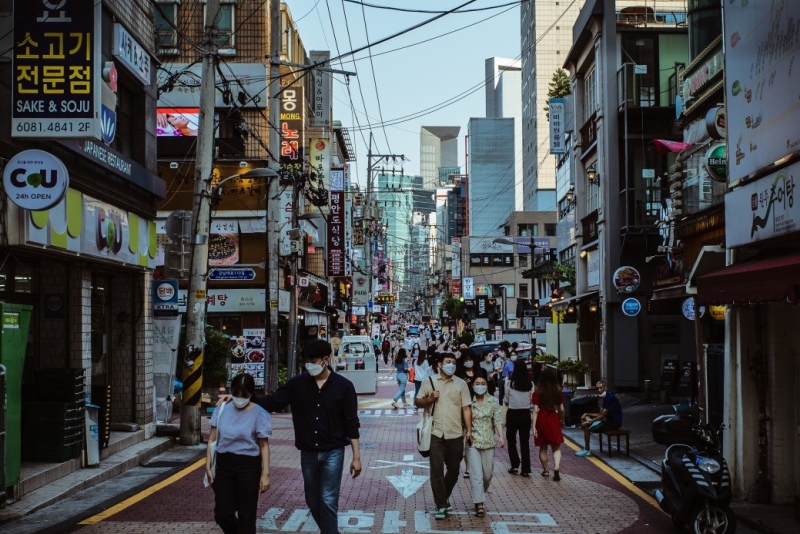
Fig.
2 - Screenshot from Parasite (2019) film directed by Bong Joon-ho.
Seoul, Korea, 2020.
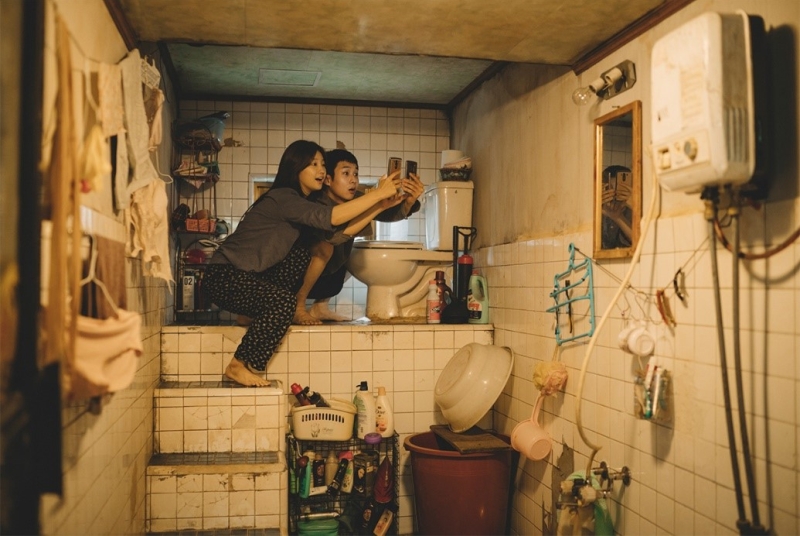
Fig.
3 - A walk-through screening clinic. Incheon, Korea, 2020. ©
Rapture700 / Shutterstock.com
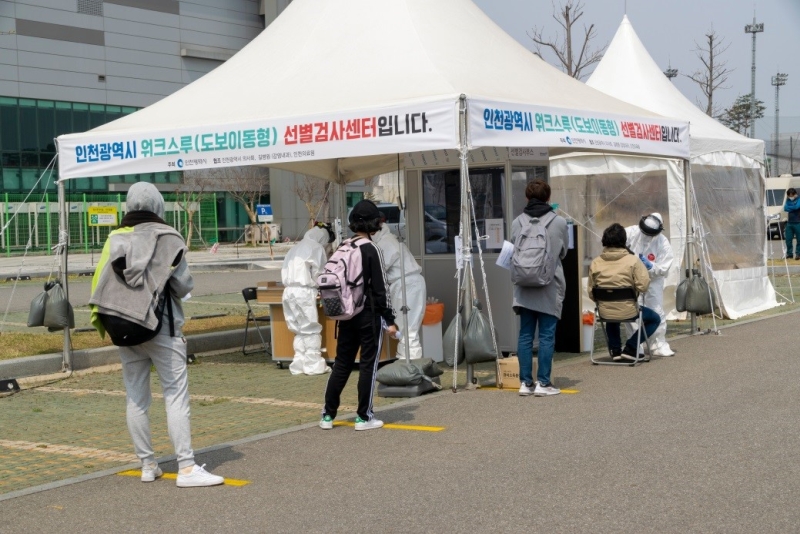
Fig.
4 - Urban renewal project Seoullo 7017 and its influence area. Seoul,
Korea, 2020. © Nghia Khanh / Shutterstock
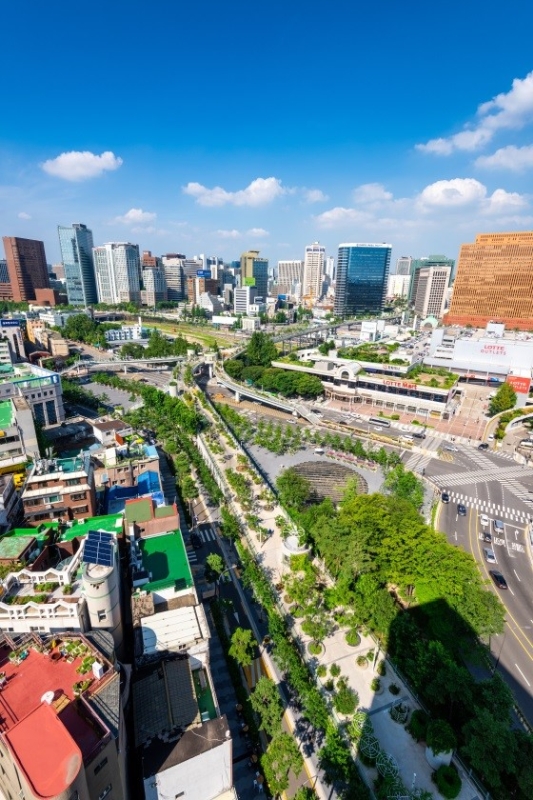
Fig.
5 - Namsan Tower and Seoul city center skyline. Seoul, Korea, 2019.
© PKphotograph / Shutterstock
